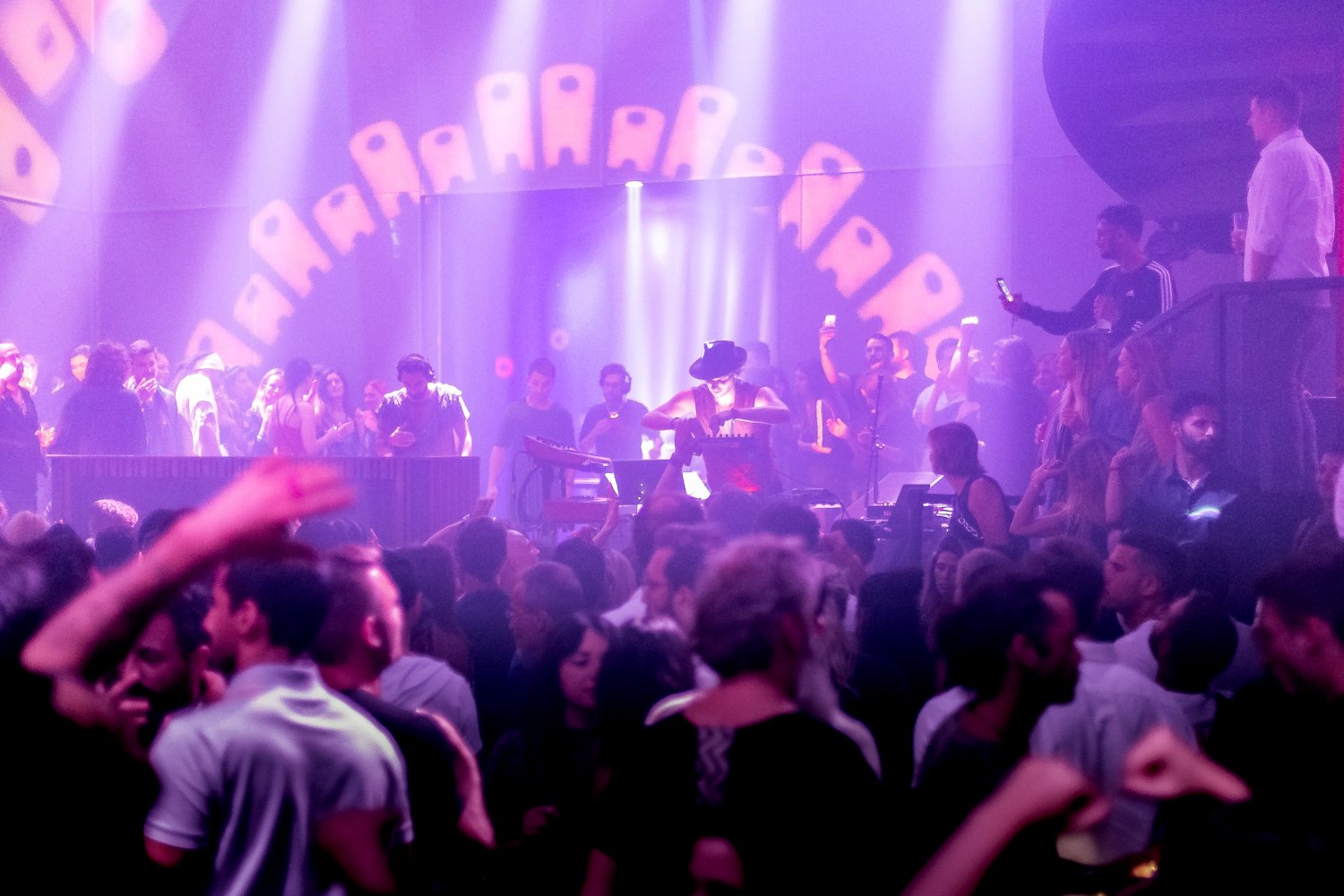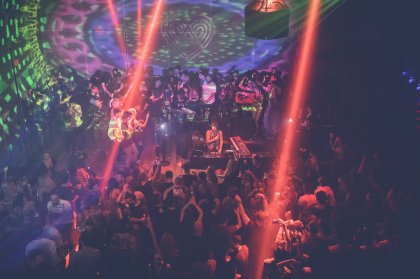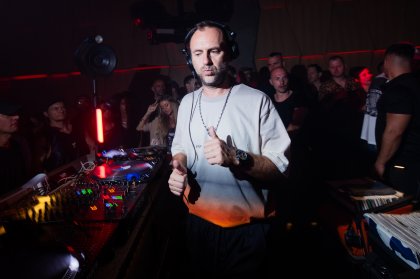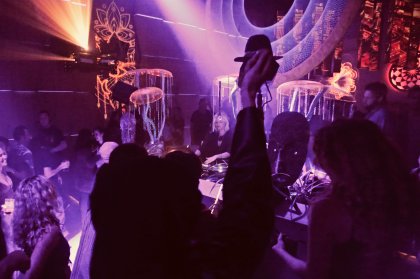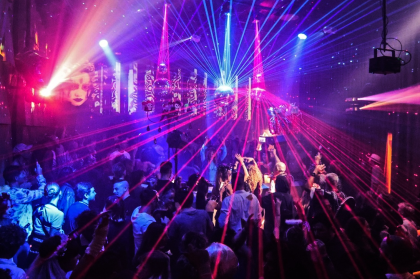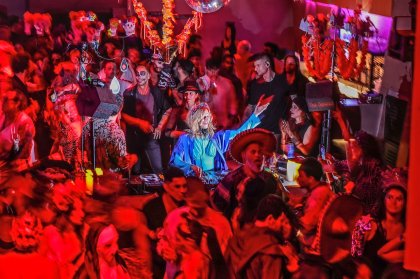In a saturated market place, having a uniqueness to your party is paramount to avoid getting lost in the deluge. After a striking one-off on 2 October last year, Satori's Maktub concept promised to deliver exactly that with a full season residency in 2019.
Adjectives like “cinematic” conjure the suggestion of an ambitious, multi-dimensional project. From the outset, Maktub aims to elevate the status of live electronic performance, whilst linking all 17 shows in seamless continuity.
The story arc from the opening to the closing was of particular intrigue.
Returning to HEART - where else? - the exuberant Dutchman was penning a screenplay that will surely go down in silver-screen history.
Cinema is primarily concerned with moving image. Although there are many examples of powerful silent films, most commonly it is the soundtrack that drives the narrative.
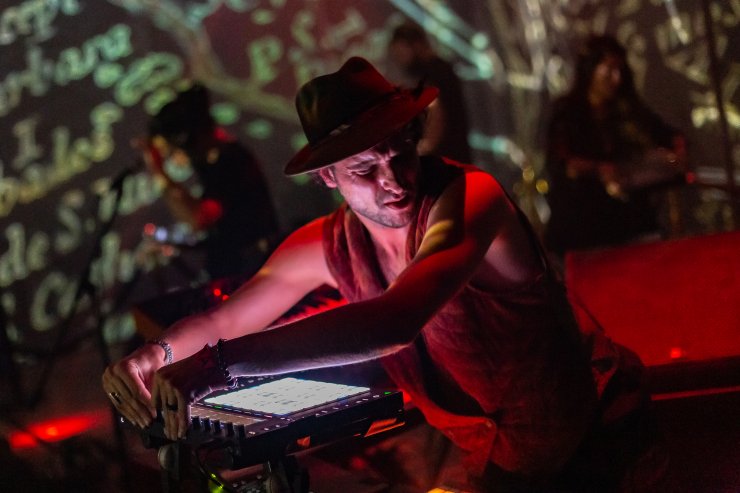
Have you ever listened to your favourite film without the sound? Or watched a scene with the dialogue but the backing music removed? It can completely transform your experience and underlines the importance of the score.
The soundtrack triggers reactions in viewers that would otherwise be less pronounced, however subtle. These tools often operate at a subconscious level.
We already knew from the trailer and the synopsis, that this would lean more towards arthouse new wave, than your run-of-the-mill Hollywood motion picture. The narrative would be non-linear and they would be plenty of recurring motifs.
Perhaps there might even be a plot twist, a la M. Night Shyamalan?
When the house lights went down, and the reel started to play, all we really knew was that Satori had our full and unbridled attention.
The voyeurism of Steven Soderbergh
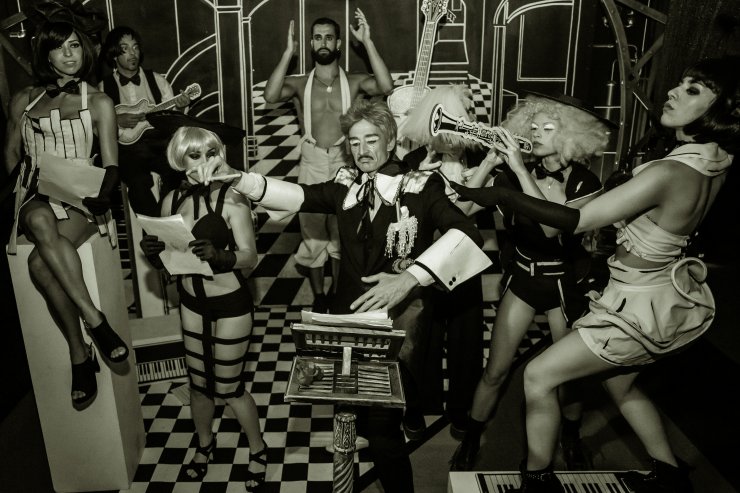
Occasionally, the panels of the interactive wall would slide up to reveal a couple caught in an incriminating tryst. Like a flip-book peepshow, our retina would be fixated upon the public transgression.
Each time, characters more absurd than the last would be revealed: a gentleman in French period costume. A decorated naval office. The Victorian-era street-worker. It was aloof, but all in good fun.
Best Actor in a supporting role
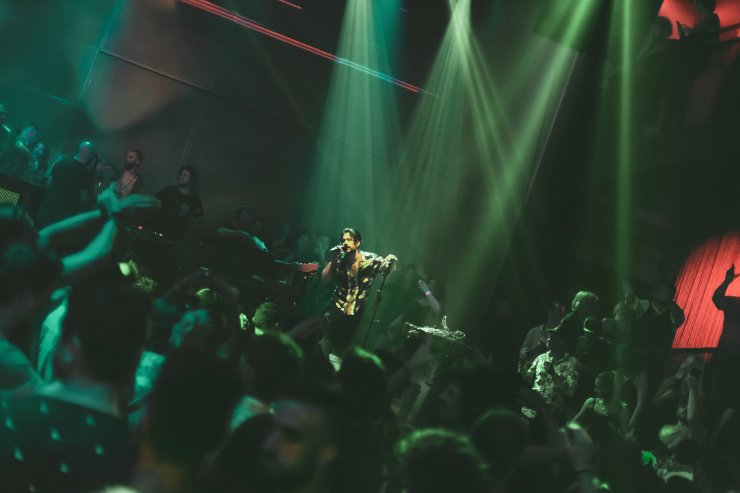
Playing somewhere between the new romantic 80s sound and the post-punk lampoon of LCD Soundsystem, guest star Matthew Dear put on a non-conformist show. The avant-garde pop star brought vocals, keys and synth work together in electroclash.
At that moment, he was Charlie Chaplin, Eric Idle or Peter Sellars - deliberately off-kilter. Farcical, yet utterly compelling (and several layers removed from his work as dark alter-ego Audion).
Perhaps the lead character was in danger of being upstaged? But Matthew Dear brought a close to his screen time by thanking those in attendance, before handing the limelight to the host of the evening. The perfect foil for the straight-man.
As support acts go, Satori has more interesting artists lined-up during the rest of the series. Though most dates remained unconfirmed, we anticipate appearances from Acid Pauli, Stimming and next week's guest Be Svensen.
The suspense of Alfred Hitchcock
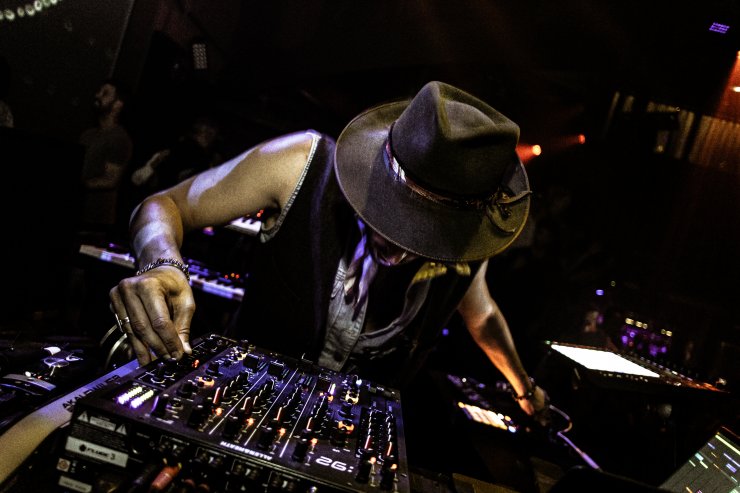
Acclaimed British director Alfred Hitchcock was known as the master of suspense. He favoured this tactic over the shock-impact of something happening without warning. Judging by his set, we rather think that strategy would resonate with Satori.
His music snaked with peaks, troughs, whimsical melodic moments and pregnant pauses - but it kept the attention of the entire dance floor throughout. Everybody hung off of each note.
Was it diegetic? Or non-diegetic? Like Dennis Hopper and Peter Fonda's antics in Easy Rider, the lines between reality and fiction became blurred. We were so absorbed, we didn't know ourselves anymore. It merely felt organic.

Another similarity to the legendary director might be his eye for casting a female lead. Was this blonde bombshell a damsel in distress? Or a shady femme fatale with ulterior motives, plucked right from the script of a gritty film noir?
She was Raquel Welch, Ursula Andress, Kim Novak. She was Margot Robbie. She held our unflinching gaze.
Unlike Hitchcock, Satori was not about to settle for an uncredited cameo in his production. He was aiming for a star-turn and an academy nomination...
The screen presence of James Dean

Taking centre-stage, our host delivered a scene-stealing performance that captivated the whole audience. He was the compère. The lion tamer. The greatest showman. HEART was his circus, and he dictated the choreography that twirled around him.
Dressed in his trademark fedora, leather waistcoat and neckerchief, he cut an iconic figurine. Like all captivating lead men, he has a style entirely of his own.
There's little doubt about it - Satori is an auteur in the truest sense of the word. He has etched his indelible signature on Ibiza with his Maktub masterpiece.
Studio execs Guy Laliberté and the Adrià brothers are known for their theatrical tastes. No surprise, then, that HEART Ibiza is the perfect medium to project Satori's widescreen vision. With its stage and high LED walls, we can't imagine a better location.
What else we can say about Maktub? It excels in being the only party on the island where all the artists play live. That means they will only be performing their own music - and that's pretty special, we think.

After humanity has ended, it will be cinema - both fictional and documentary - that creates a legacy of our way of life to future civilisations. With this effort, Satori has put in a strong claim for clubbing to be as reflective.
We live in a curious age, where dance floors all face towards the DJ and record the banalest of mixing techniques - often on little more than USB drives.
What Satori has achieved with his immersive 360-degree Maktub performance is giving the dance floor a reason to face forward. A reason to muscle to the front. And a reason to press the record button.
Clearly, the musical performance is the most satisfying component of an intricately edited party. However, attention to detail in the production department must also be given its dues.
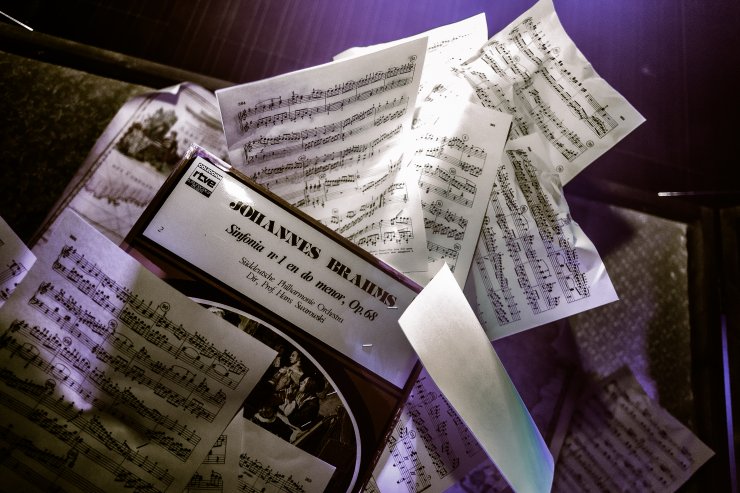
Unlike other parties that take the Michael Bay approach to production - big budget but distracting from the narrative - Satori's effects are more subliminal and much more in fitting with the theme.
Notes of music are scattered across the venue. Brass jazz instruments hang from the ceiling next to more modern analog equipment.
Much like all good movies, viewers will benefit from repeat plays. There are always things you miss first-time around. With the very best cinema, you still notice new things even after a dozen views.
We're excited to get back multiple times over the next 13 weeks to see if we can spot what we've missed.
To be an extra in the forthcoming sequels, head below to book box-office tickets.
